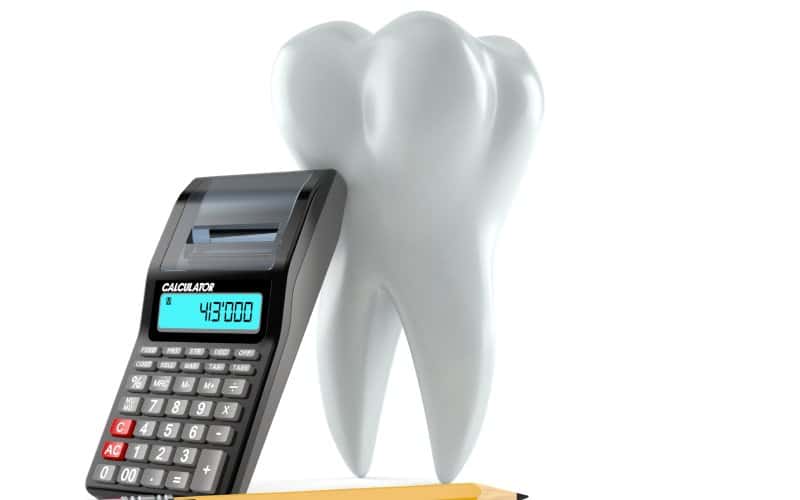For many high-earning dental practice owners, withdrawing money from the dental corporation for personal use triggers a heavy, and frustrating, tax liability.
Surplus stripping is a valuable tool for high-income earners with professional corporations that enables the withdrawal of funds at a lower tax rate. However, with recent tax changes which come into effect on January 1, 2024, the benefits of surplus stripping will diminish. Dental practice owners, particularly those with incorporated businesses, should act promptly to capitalize on this strategy before December 31st, after which it loses its advantage.
Those who are interested in this strategy will need professional financial and tax guidance to consider your unique circumstances and ensure the strategy is right for you.
Table of Contents
ToggleCan You Benefit from Surplus Stripping?
High-income earners, including dental practice owners, seeking to withdraw funds for personal expenses or debt can benefit significantly from surplus stripping. This strategy is particularly advantageous for those needing substantial amounts for large personal expenses, such as purchasing a new house or paying off a mortgage or other debt. The strategy works best if you are expecting your income to remain high and expect your future taxes to increase.
The strategy only applies in cases where you are withdrawing large amounts of money for a personal expense.
How Does Surplus Stripping Work?
Dental practice owners sometimes find a need to draw funds drawn from their dental practice business, whether for purchasing a new home, reducing a mortgage, or addressing personal debts or paying for other major living expenses. Surplus-stripping transactions enable the extraction of payments from a professional corporation as capital gains instead of dividends, so the owner can benefit from lower personal tax rates on capital gains.
Example of Savings
Taking $200,000 for personal use as a non-eligible dividend requires withdrawing $382,702 at a tax rate of 47.74%. In contrast, opting for a capital gain at a tax rate of 26.76% allows the withdrawal of only $273,075 to achieve the same after-tax amount. This results in a substantial personal tax saving of $109,627.

Implementing a Surplus Stripping Strategy
Capital gains surplus stripping is a legal tax strategy involving the distribution of cash from a corporation as a capital gain instead of dividends, which are subject to higher taxes. This process involves creating a new corporation, where the original corporation sells different shares to the new one at fair market value, triggering a capital gain reported on personal income tax. Repayment of the note payable from the new corporation can be done using tax-friendly options.
Costs and Risks
Professional financial advisors are crucial for implementing surplus stripping. This complex process requires meticulous planning by tax experts and lawyers to ensure optimal results and risk mitigation. Costs associated with planning memos, incorporation, legal fees, amalgamation/wind-up, compliance, accounting, and registration must be carefully considered to maximize benefits.
This approach offers a significant benefit to certain people withdrawing funds from a corporation, but there are costs and risks associated with the strategy. Again, a thorough assessment with guidance from professionals is essential.
The Importance of Expertise
Surplus stripping is commonly instigated by expert tax advisors, with additional insights from legal professionals well-acquainted with medical professional corporations. Flawless execution is crucial to fully realize the advantages of this strategy and mitigate risks.
Why Do You Need to Act Now?
A recent amendment to the general anti-avoidance rule (GAAR) and the introduction of a 25% penalty on the tax benefit in the Federal Budget 2023 reduce the advantages of surplus stripping. The new GAAR rules apply to transactions on or after January 1, 2024, so it’s urgent to leverage this strategy before that date.

Again, for those higher income earners who plan to withdraw money for personal expenses, this is an excellent opportunity to do so and benefit from a lower tax rate, so it’s worth jumping.
Dental Tax has specialized knowledge in the dentistry industry, offers expert guidance on surplus stripping tax strategies tailored specifically for dental practice owners. Our team possesses extensive experience in handling specialty tax strategies, particularly in the context of dental practices and incorporated business models. As experts in the field, we understand the unique financial nuances and challenges faced by dental professionals.
Our consultants are well-versed in the intricacies of surplus stripping, providing you with comprehensive support to successfully implement this strategy. We provide insights that are specifically tailored to the dental industry, ensuring that your financial decisions align with your specific needs and opportunities.
When considering surplus stripping as a tax strategy, our team will assess your individual circumstances and guide you on whether this approach will genuinely benefit you. We’ll empower you to make strategic decisions for the financial well-being of your dental practice and your personal finances.
Adam has an MBA from the Richard Ivey School of Business in London and also holds a Chartered Investment Manager designation.
- Buying vs. Starting a Dental Practice: Financial Comparison - December 11, 2025
- Year-End Tax Planning for Dental Practices: 10-Week Countdown Guide - November 27, 2025
- Dental Practice Bookkeeping: Systems for Success - November 13, 2025




